The culture of Japan’s Heisei era (1989–2019) is now experiencing a renewed boom both in Japan and abroad as “Heisei Retro.” Let’s look back on this era, when the wave of digitalization merged with pop culture, giving rise to Tamagotchi, flip phones, flashy gyaru fashion, and hit TV dramas and famous songs.
*If you purchase or reserve products introduced in this article, a portion of the sales may be returned to FUN! JAPAN.
What is Heisei? The Golden Age of Japanese Pop Culture
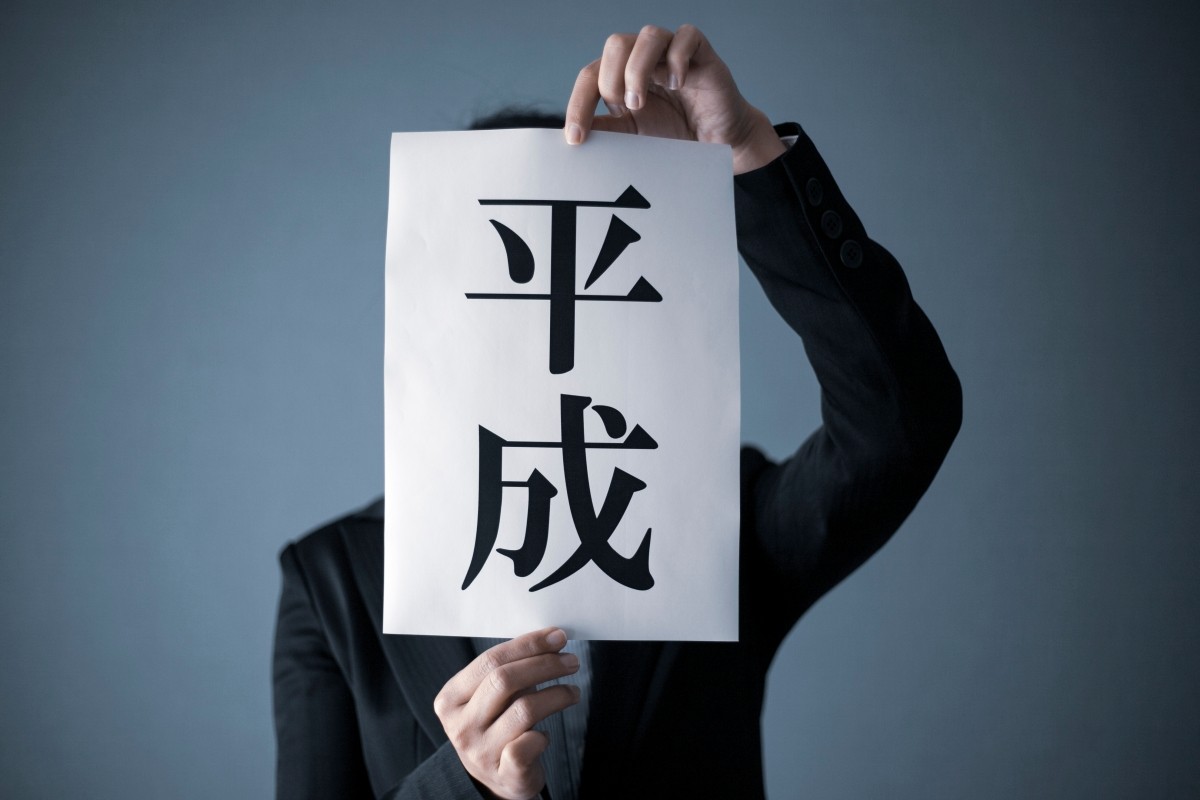
“Heisei Retro” is especially popular among Generation Z. “Heisei” is one of Japan’s era names. In Japan, it is a tradition for the era name to change with the succession of a new Emperor. The Heisei era lasted for about 30 years, from January 8, 1989, to April 30, 2019. What is particularly noteworthy is that this was a golden age when Japanese pop culture, which influenced the world, truly flourished. Many aspects of Japanese culture that are still loved worldwide today, such as anime, video games, fashion, and J-POP music were born during this period. Iconic Japanese content like Pokémon, Sailor Moon, and purikura photo booths (sticker photo booth where people take pictures and then decorate them with a wide variety of digital stamps, effects, and text) are all products of the Heisei era.
Why is “Heisei Retro” So Popular? Its Fresh Appeal
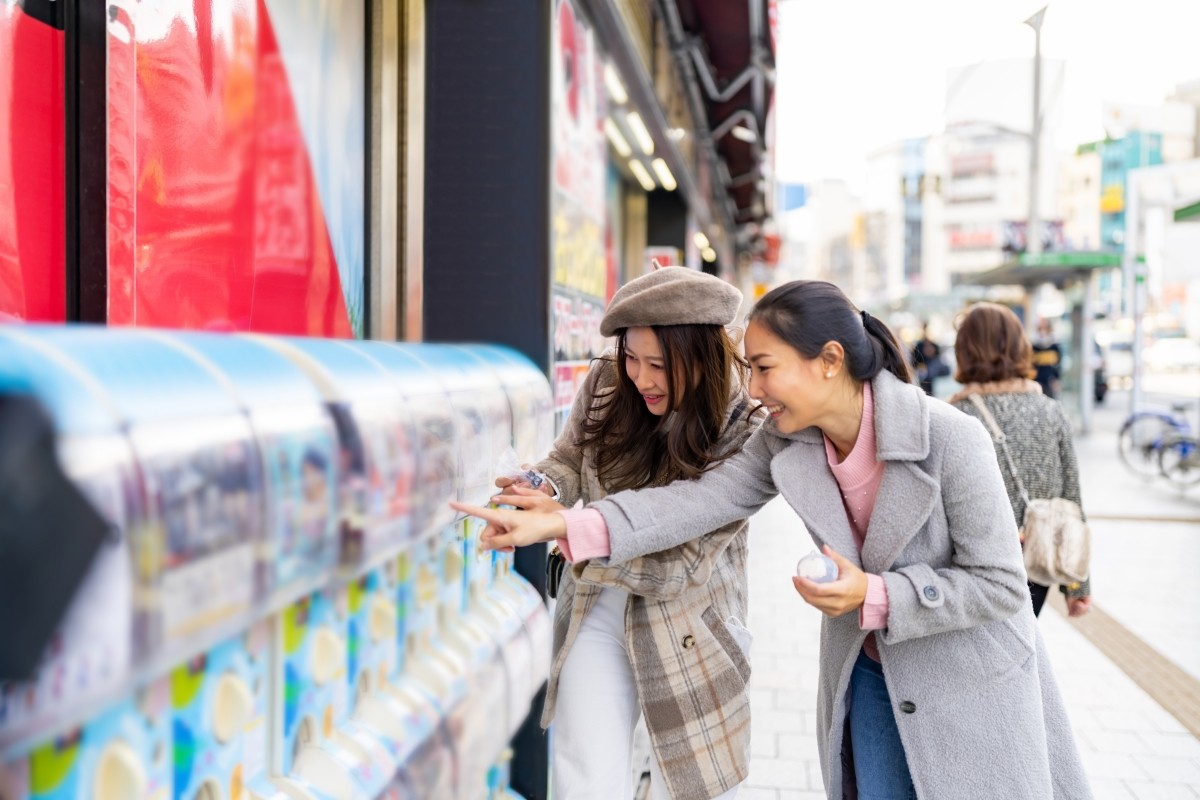
After the revival boom of “Showa Retro,” which refers to the culture of the Showa era (postwar to the 1980s), “Heisei Retro” has now become the new trend.
There are several reasons why Heisei Retro is attracting attention. First, for Generation Z (born from the late 1990s to the 2010s), Heisei is the era they spent their childhood in, so it is a time that feels nostalgic and is tied to their own memories. While Showa Retro was something to admire, Heisei Retro is driven by a sense of empathy that comes from “memories” and “nostalgia.”
In addition, the re-release of popular Heisei era character goods and their appearance as capsule toys have made Heisei Retro appealing not only to those who experienced the era firsthand but also to younger generations who find it fresh and new.
Related Articles
- What is “Showa Retro”? Features of Clothing and Furniture, Popular Goods & Must-Visit Spots
- [2025 Edition] 10 Best Large Capsule Toy Stores in Tokyo: Ikebukuro, Shinjuku, Shibuya, Harajuku, and More
What Makes “Heisei Retro” Unique? The Digital Pop Difference from “Showa Retro”
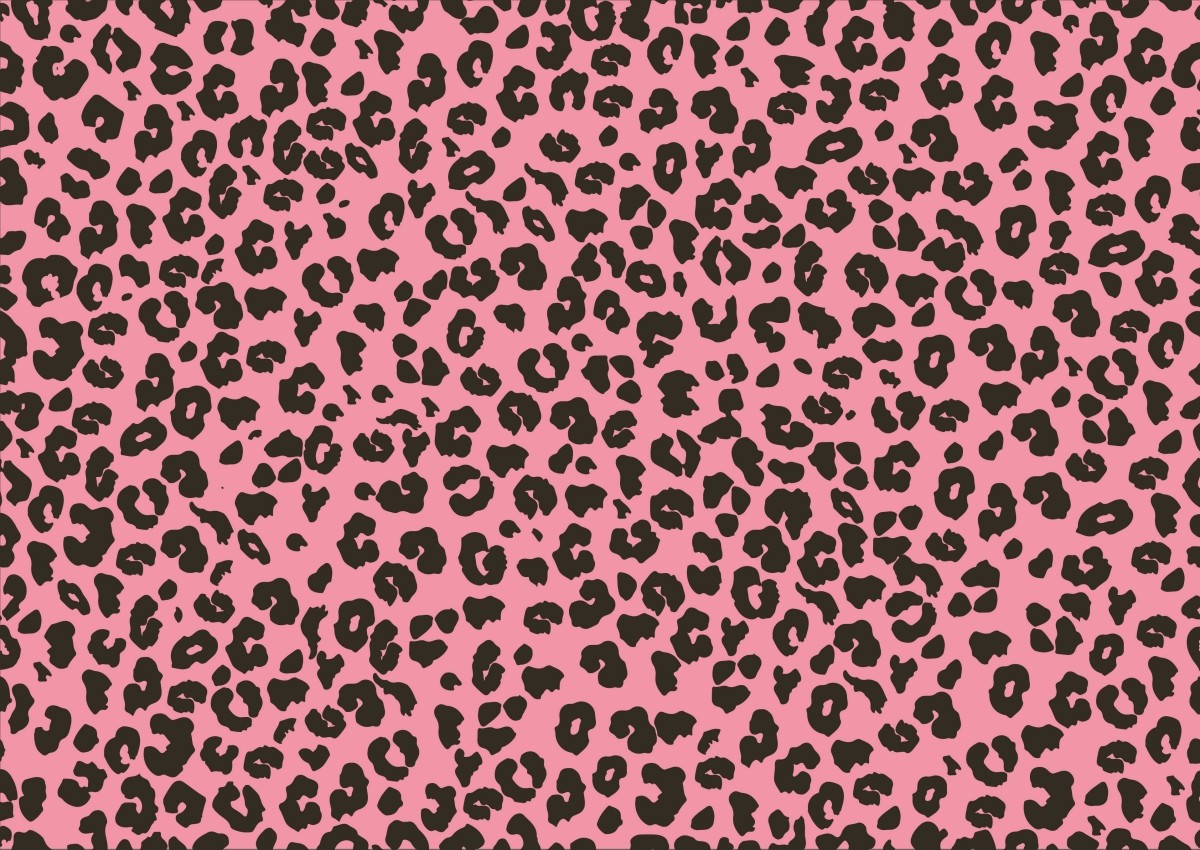
“Heisei Retro” is characterized by a digital pop appeal that is different from the analog feel of the Showa era. The slightly imperfect and simple digital vibe seen in flip phones, early purikura photo booths, and Tamagotchi feels nostalgic in its own way. The flashy and decorative designs, such as leopard print, neon colors, vivid hues, loose socks, and character goods are also part of its charm, standing in contrast to today’s minimalist styles. In addition, the bright and positive energy symbolized by gyaru culture also feels fresh to today’s youth.
What Comes to Mind When You Hear "Heisei Retro"? Goods, Characters, Dramas, Hit Songs, and More
Here, we introduce the essential culture and popular items from the Heisei era that you can't leave out when talking about Heisei retro.
Fashion and Character Goods
Mezzo Piano
This is a girls' fashion brand known for its cute colors like pink and light blue, as well as its sweet designs full of frills. Mainly sold at department stores, it became an extremely popular children's clothing brand representing the Heisei era.
The official character "Berrie chan" is especially popular. Recently, capsule toys such as mirrors and marker accessories featuring Berrie chan have been released and have sold out immediately, showing just how popular they are.
- Official Website: Click Here
Angel Blue
A pop and cute fashion brand that was launched in 1989. It is well known for its original character "Nakamura kun." From the late 1990s to the 2000s, it sparked a huge boom among elementary and junior high school girls.
Not only clothing but also stationery items like pencil cases and pencils were very popular, to the point where almost every girl in class had them. Even now, capsule toys and reissued items are being sold, bringing the brand back into the spotlight.
- Official Website: Click Here
LIZ LISA
This princess-style fashion brand opened its first store in SHIBUYA 109. It is known for its girly and sweet designs featuring lots of frills and lace. In particular, the "LizMelo" series, a collaboration with the popular Sanrio character "My Melody," became a huge trend among hime gal (princess-style gyaru) girls.
It is also known as a brand that helped spread Japanese "Kawaii" culture around the world and is a fashion icon for Heisei-era girls. There is also an online store for overseas customers, so if you like girly fashion, be sure to check it out.
- Official Website: Click Here
LOVEBOAT
This is a brand that opened its first store in SHIBUYA109 and is representative of Shibuya gyaru culture. It became a hot topic for its unique and sexy fashion, such as midriff-baring looks and miniskirts. In particular, the logo mirror was an essential item for Heisei era gyaru!
This brand supported the peak of gyaru fashion and had a major influence on Heisei era street culture. Recently, it has been attracting renewed attention thanks to the "Y2K fashion" boom. Y2K fashion refers to the style that was popular from the late 1990s to the 2000s, featuring platform long boots, loose socks, miniskirts, and other looks similar to gyaru fashion. The brand has also done a special collaboration with the hugely popular "Sun-Kissed Kitty,"(Suntan Kitty) which is full of gyaru vibes and is sure to be irresistible for those who lived through that era.
- Official Website: Click Here
Toys, Games, and Manga
Tamagotchi
This was a huge hit, selling over 40 million units worldwide. Released by Bandai in 1996, this "digital pet" became a social phenomenon, especially among high school girls. The innovative nurturing game, where the way you take care of your character changes how it grows, was groundbreaking, and shortages led to long lines at stores.
It was a pioneer of the handheld game boom and remains a beloved toy that represents the Heisei era, continuing to evolve even today. Tamagotchi is an iconic item of Japanese pop culture and is also extremely popular overseas.
- Official Website: Click Here
Read related article 👉The Tamagotchi Boom Returns! A Thorough Introduction to the History, Series, and Tamagotchi Characters
Love and Berry: Dress Up and Dance!
This is a trading card arcade game developed by SEGA. Players scan "Oshare Mahou Cards" to coordinate the characters "Love," "Berry," and "Miesha," and enjoy rhythm games. From 2004 to 2008, it was extremely popular, especially among elementary school girls, and many people collected the cards.
- Official Website: Click Here
NANA
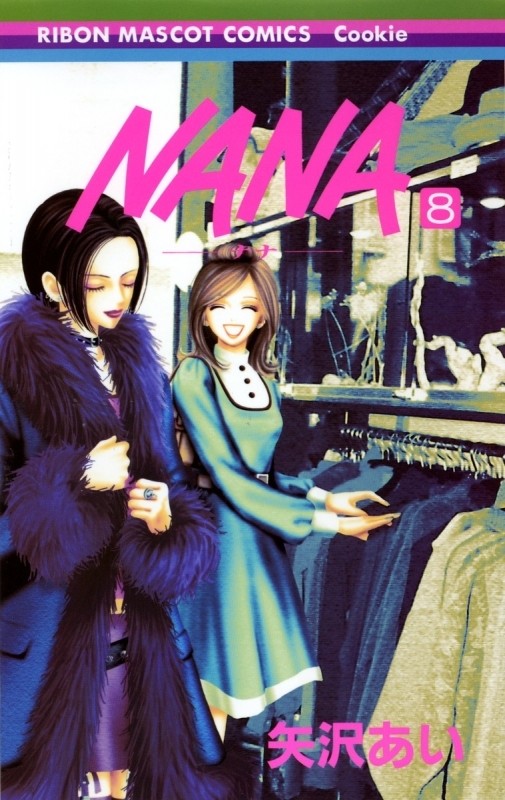
First serialized in 2000, this is a representative shoujo manga (manga stories marketed to tween and teen girls) of the Heisei era, with over 50 million copies in print.
The story follows two girls with the same name: punk rocker Nana Osaki and the love-obsessed Nana Komatsu (Hachi), who meet by chance on a train to Tokyo and end up living together. In 2005, it was adapted into a hit movie starring Mika Nakashima and Aoi Miyazaki. The fashion in the series was extremely popular among young people at the time, and many imitated Nana's punk style and Hachi's girly fashion.
👉Click here to purchase "NANA"【Animate】
Goods & Sweets
Heisei Girls’ Chocolate (平成女児チョコ)
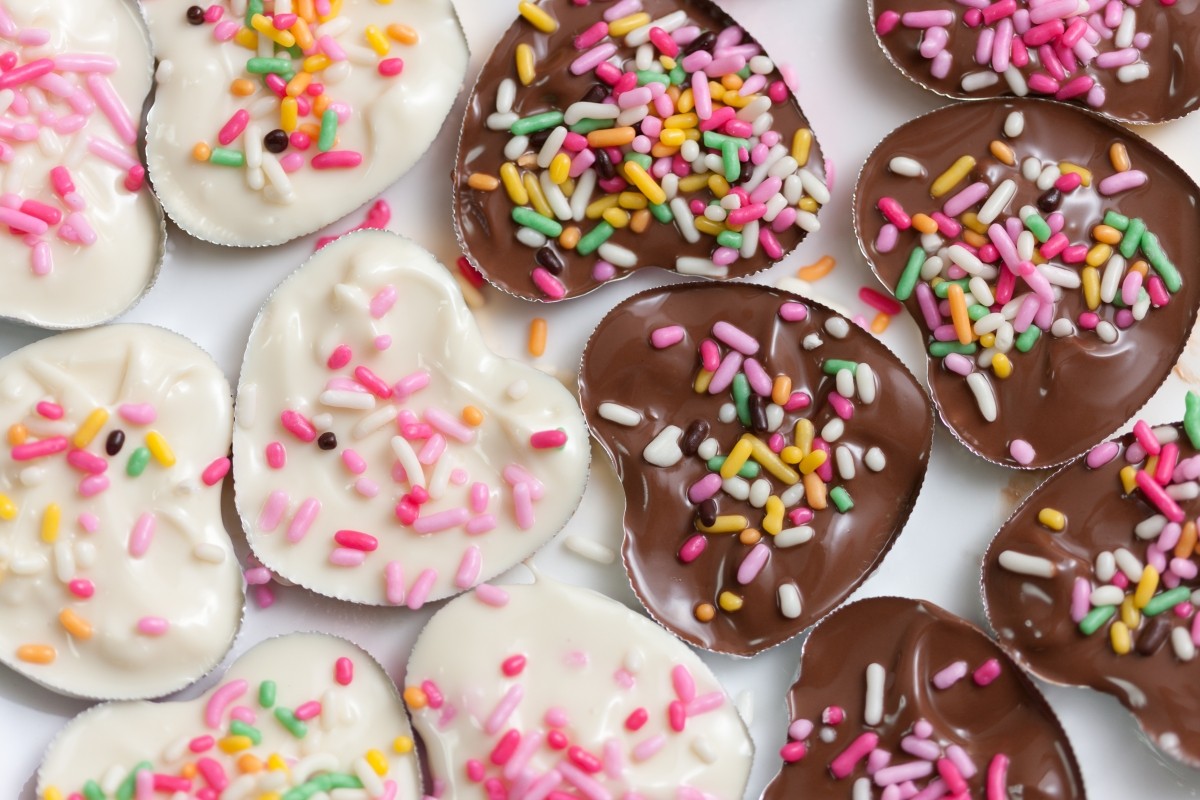
This is the homemade chocolate that elementary school girls during the Heisei era used to make for Valentine’s Day. The classic way was to pour melted chocolate into aluminum cups, top them with silver dragées (sugar pearls) and colorful sprinkles, then chill them until set.
As the culture of “tomo-choco” (友チョコ, chocolates exchanged among friends) spread, these chocolates became even more popular. With the recent “Heisei retro” boom, they are once again in the spotlight. Because they are nostalgic, easy to make, and look cute, more and more people are making them for Valentine’s Day in the Reiwa era as well.
Sunhoseki Hoppechan
This is an original character from Sunhoseki.(サン宝石 ) With a squishy body like whipped cream, sparkling eyes and cheeks, and a cute little ribbon on its head, the design is adorable. Amazingly, each Hoppechan is handmade! There are various goods such as straps and keychains, and it was a hugely popular mascot character representing the Heisei era. You can find them at some Don Quijote discount stores nationwide, so be sure to check them out.
- Official Website: Click Here
Puri Albums, Profile Books, and Sticker Albums
“Puri albums” for sticking and exchanging photo stickers (purikura) with friends, “profile books” for writing self-introductions and passing them around classmates, and “sticker albums” for collecting favorite stickers were must-have items for Heisei girls!
They were used as tools to express individuality through decoration and illustrations, and to deepen friendships through the culture of exchanging items.
Recently, with the “Heisei retro” boom, sticker albums are trending again, and many videos of people exchanging stickers collected on Instagram and other social media are being posted.
- Official Website: Click Here
Drama
Boys Over Flowers (花より男子)
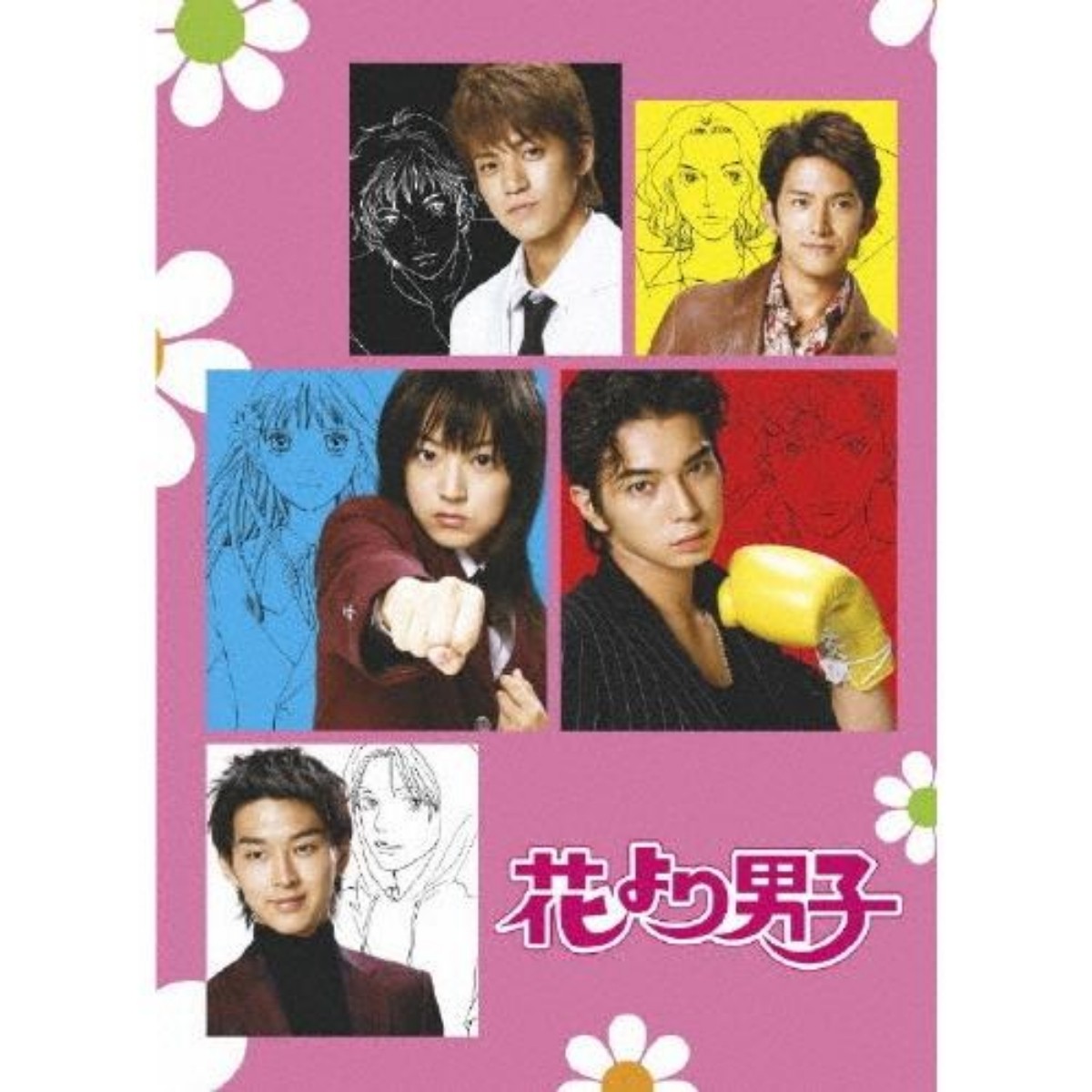
When it comes to Heisei era dramas, many people probably think of "Boys Over Flowers" first.
Based on a shoujo manga, "Boys Over Flowers" tells the story of Tsukushi Makino (played by Mao Inoue), a poor girl attending an elite high school for the wealthy, as she grows through her clashes with the four heirs who rule the school, known as "F4." The F4 members, played by Jun Matsumoto, Shun Oguri, Shota Matsuda, and Tsuyoshi Abe, became a hot topic for their good looks. The theme song "WISH" by Arashi was also a big hit, making this a quintessential Heisei era school drama. The series was also remade in Taiwan, South Korea, and Thailand, gaining popularity throughout Asia.
👉Find the "Boys Over Flowers" DVD on Yahoo! Shopping
👉Purchase the "Boys Over Flowers" manga here [Animate]
Nobuta wo Produce (野ブタ。をプロデュース)
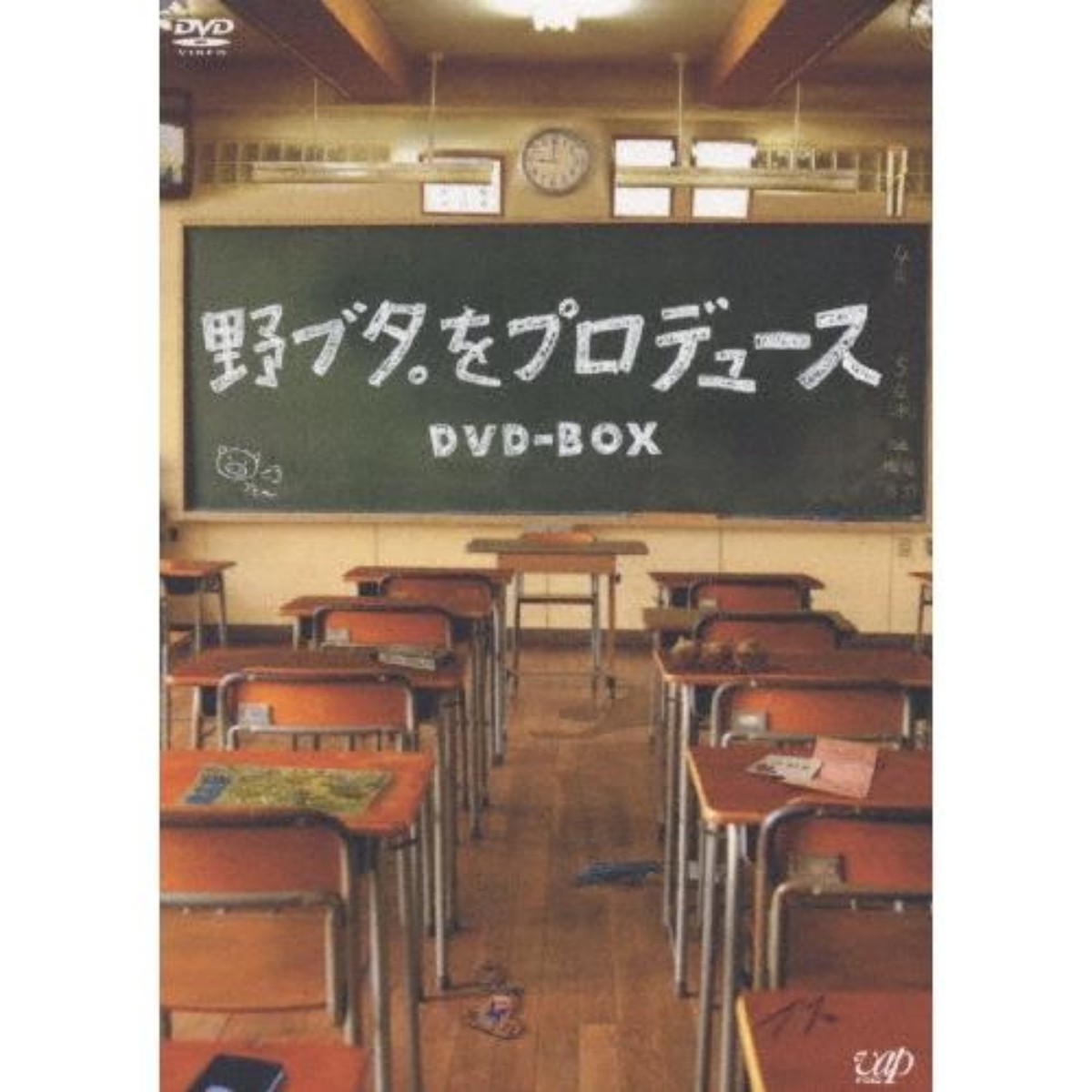
This coming-of-age story follows Shuji Kiritani (Kazuya Kamenashi) and Akira Kusano (Tomohisa Yamashita), the popular boys in class, as they "produce" Nobuko Kotani (Maki Horikita), a bullied transfer student, into a popular girl.
The theme song "Seishun Amigo,"(青春アミーゴ) sung by the duo Shuji and Akira (Kamenashi and Yamashita), became a huge hit and is still a karaoke favorite today. This heartwarming story of friendship, romance, and personal growth captured the hearts of many viewers.
👉Find the "Nobuta wo Produce" DVD on Yahoo! Shopping
Hana-Kimi, For You in Full Blossom: Ikemen Paradise (花ざかりの君たちへ~イケメン♂パラダイス~)
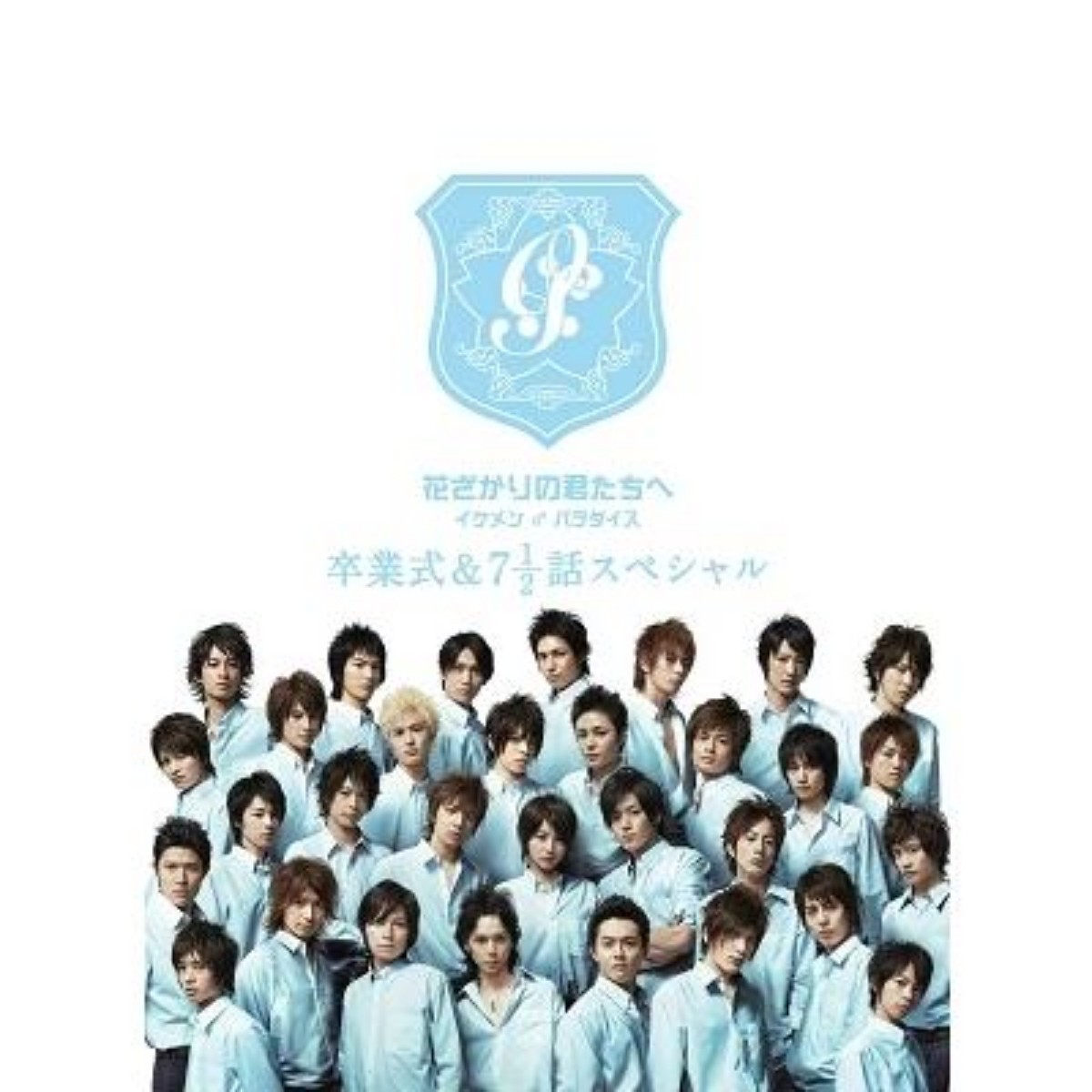
This romantic comedy follows Mizuki Ashiya (Maki Horikita), who disguises herself as a boy and enrolls in an all-boys boarding school to get closer to her high jump idol, Izumi Sano (Shun Oguri). Set in a school full of handsome guys, the series depicts her love story and school life. The show was a huge hit in the Heisei era and launched the careers of many stars, including Hiro Mizushima, Masaki Okada, and Yu Shirota.
👉Find the "Hana-Kimi: For You in Full Blossom" Part 1 DVD on Yahoo! Shopping
👉Find the "Hana-Kimi: For You in Full Blossom" Part 2 DVD on Yahoo! Shopping
Music & Artists
Here is a simple summary of some of the most iconic Heisei era artists and their representative songs. If any of these catch your interest, be sure to give them a listen.
- Hikaru Utada (宇多田ヒカル): "Automatic," "First Love"
- Ayumi Hamasaki (浜崎あゆみ): "M," "Boys & Girls"
- B'z: "ultra soul," "LOVE PHANTOM"
- Mr.Children: "Tomorrow never knows," "名もなき詩" (Namonaki Uta)
- GLAY: "HOWEVER," "Winter, again"
- L'Arc~en~Ciel: "HONEY," "READY STEADY GO"
- Southern All Stars (サザンオールスターズ): "TSUNAMI," "真夏の果実" (Manatsu no Kajitsu)
- SMAP: "世界に一つだけの花"(Sekai ni Hitotsu Dake no Hana) "らいおんハート" (Lion Heart)
- Arashi (嵐): "A・RA・SHI," "Love so sweet"
- Namie Amuro (安室奈美恵): "CAN YOU CELEBRATE?," "Body Feels EXIT"
- Morning Musume (モーニング娘。): "LOVEマシーン" (LOVE Machine), "恋のダンスサイト"(Koi no Dance Site)
“Heisei Retro” is a unique culture that blends digitalization and pop culture, offering more than just a sense of nostalgia. For those who lived through the era, it brings back fond memories, while for younger generations, it offers a fresh and exciting appeal. This cultural trend is once again gaining attention. You can experience Heisei culture through dramas and music, but when you visit Japan, why not pick up some popular character goods or clothing to enjoy the “Heisei Retro” vibe for yourself?
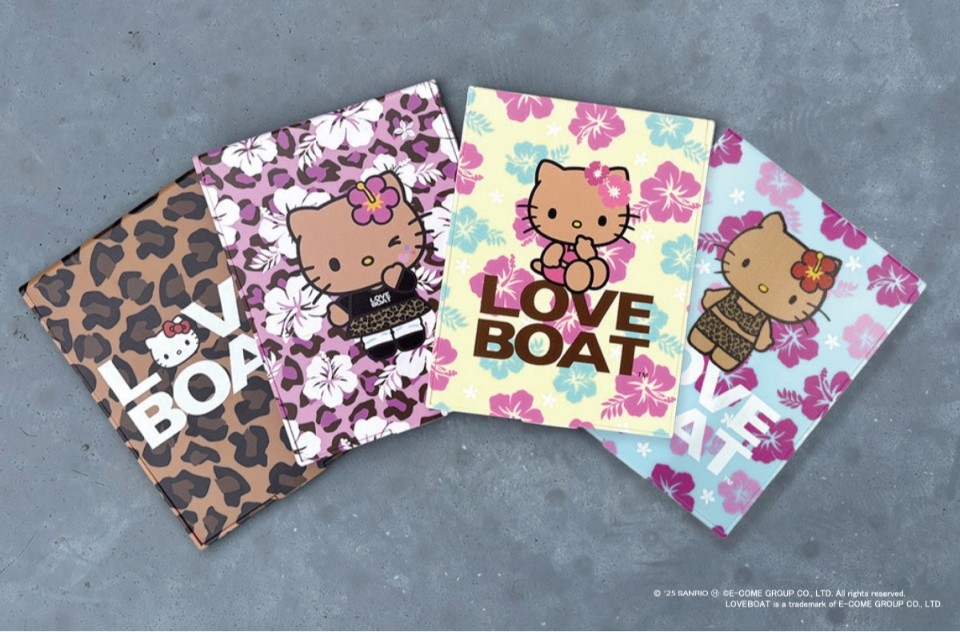
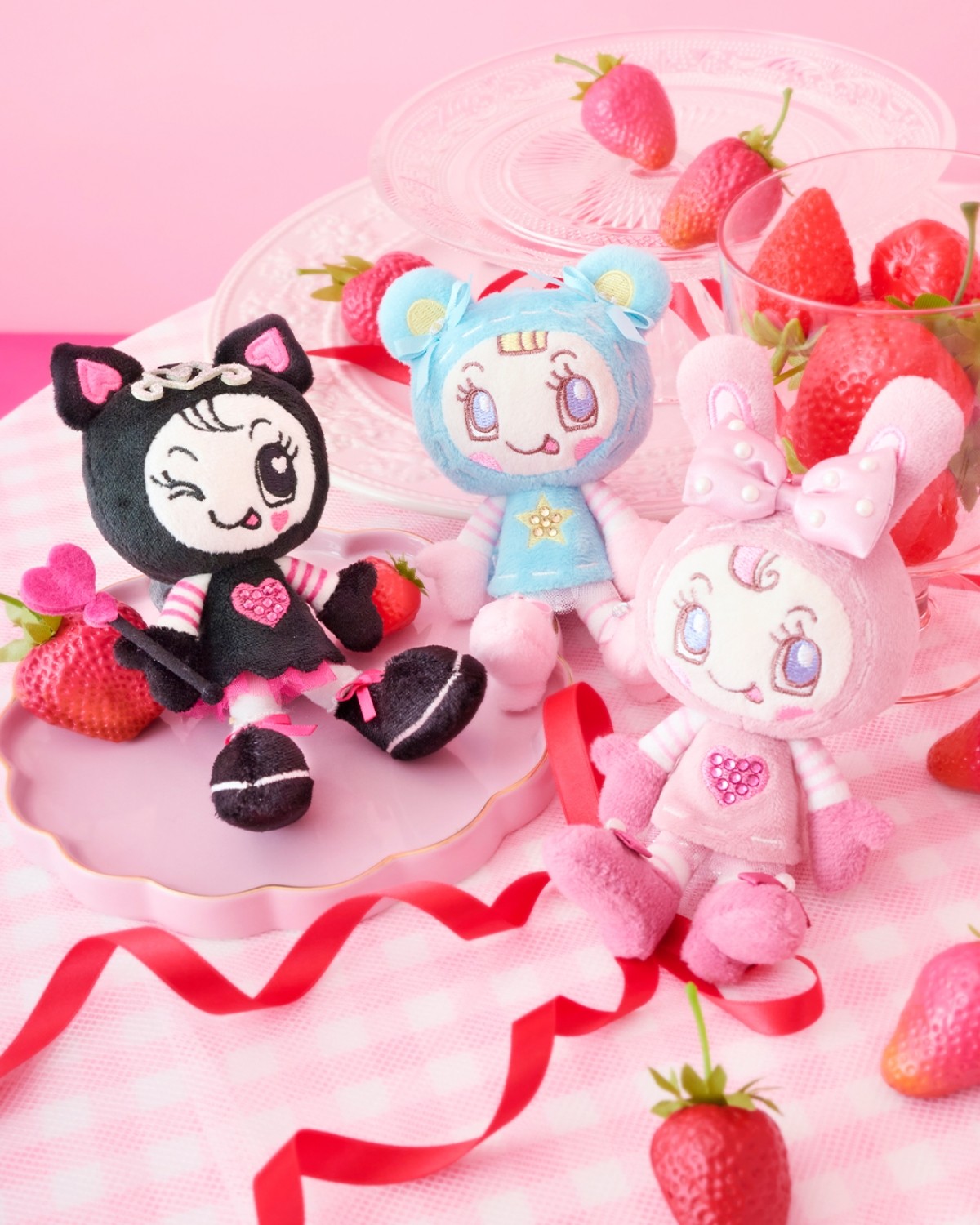
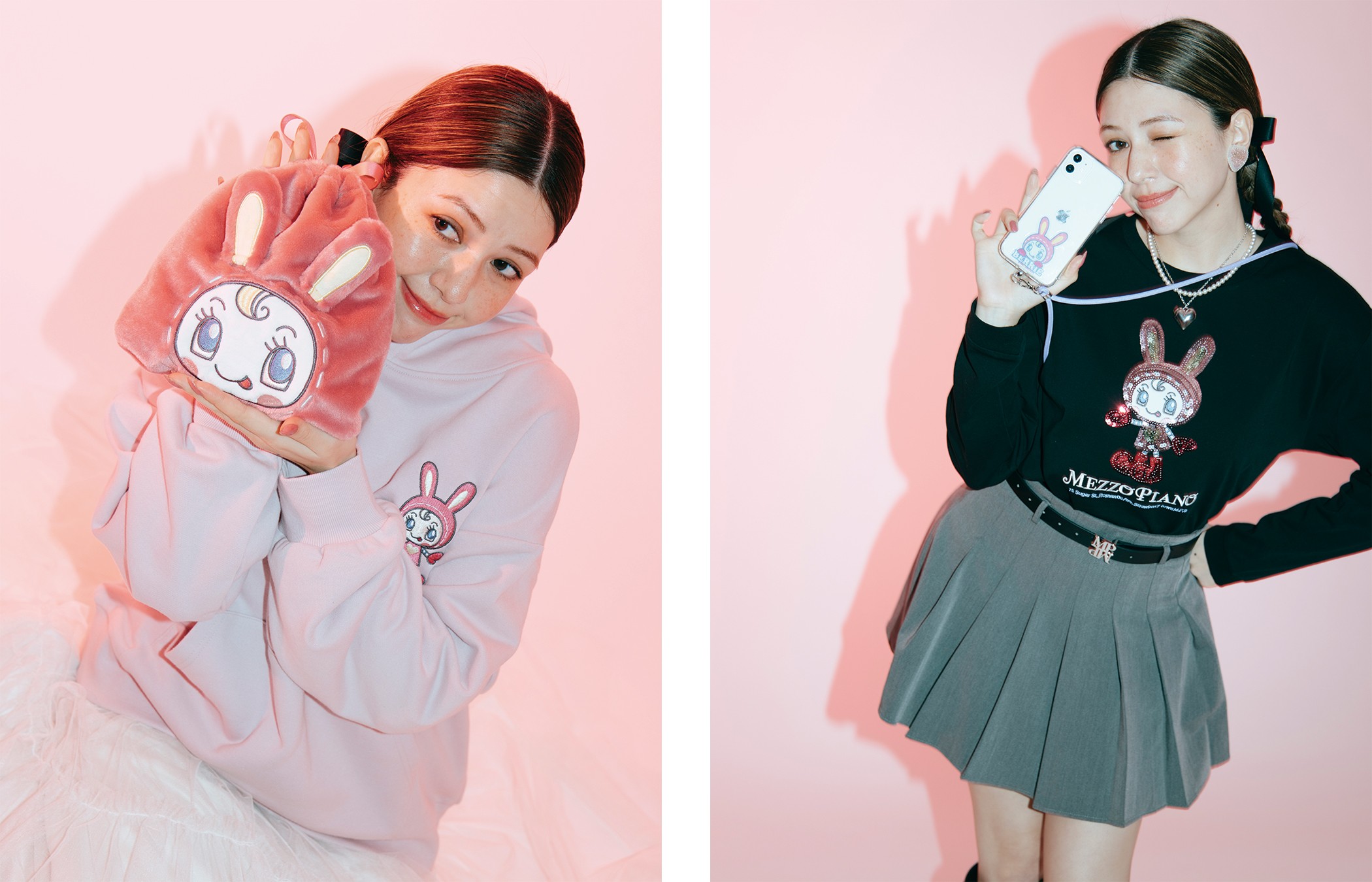
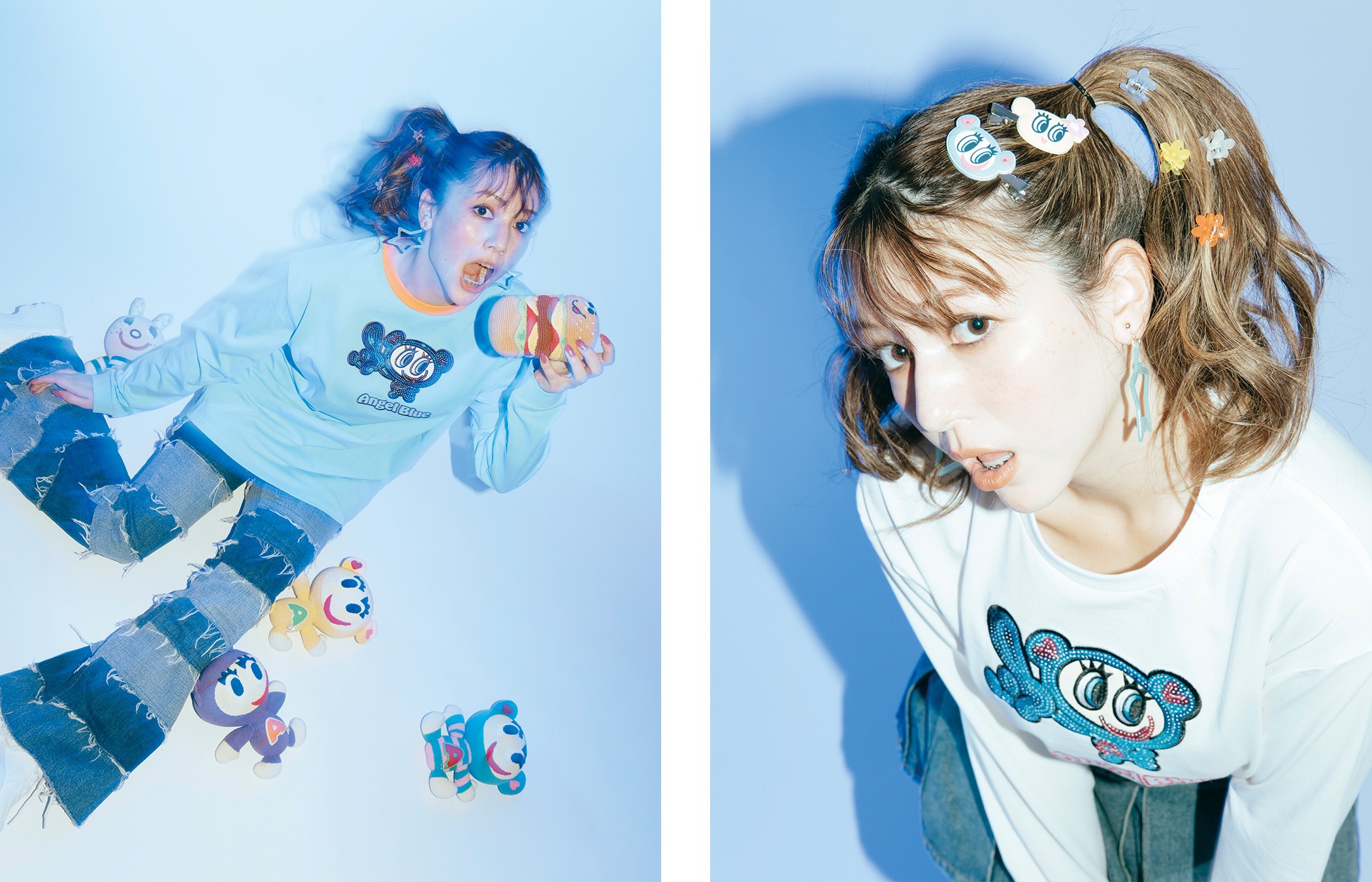
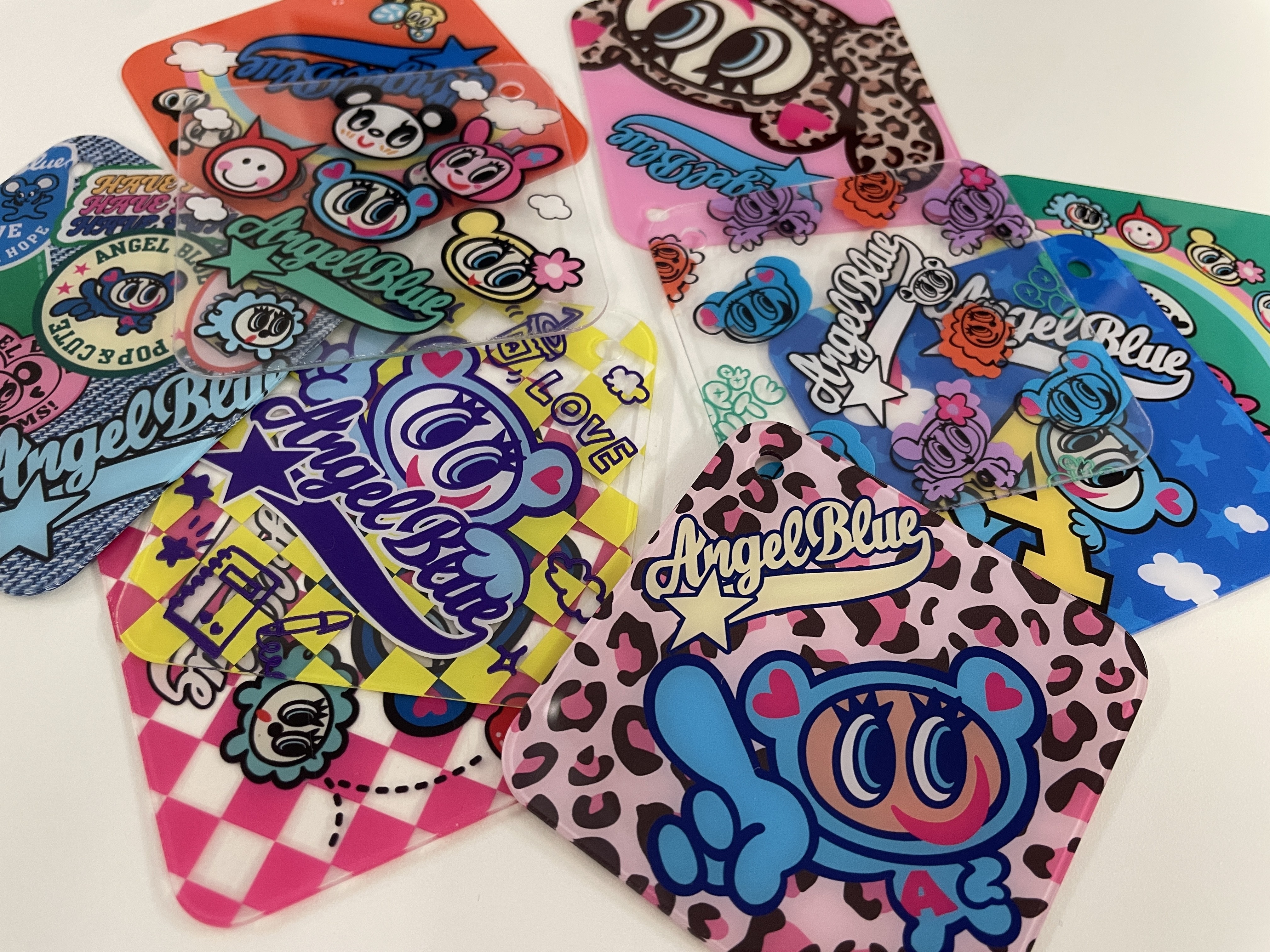
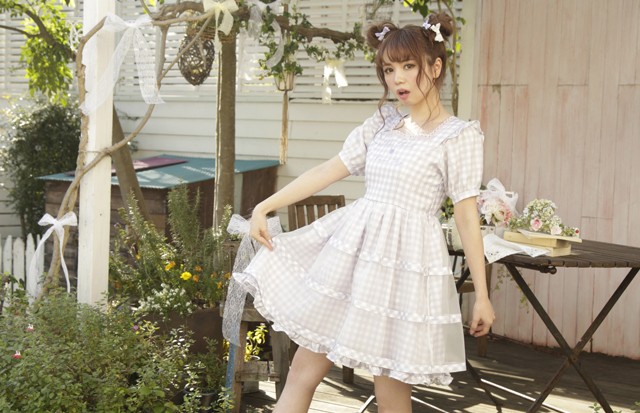
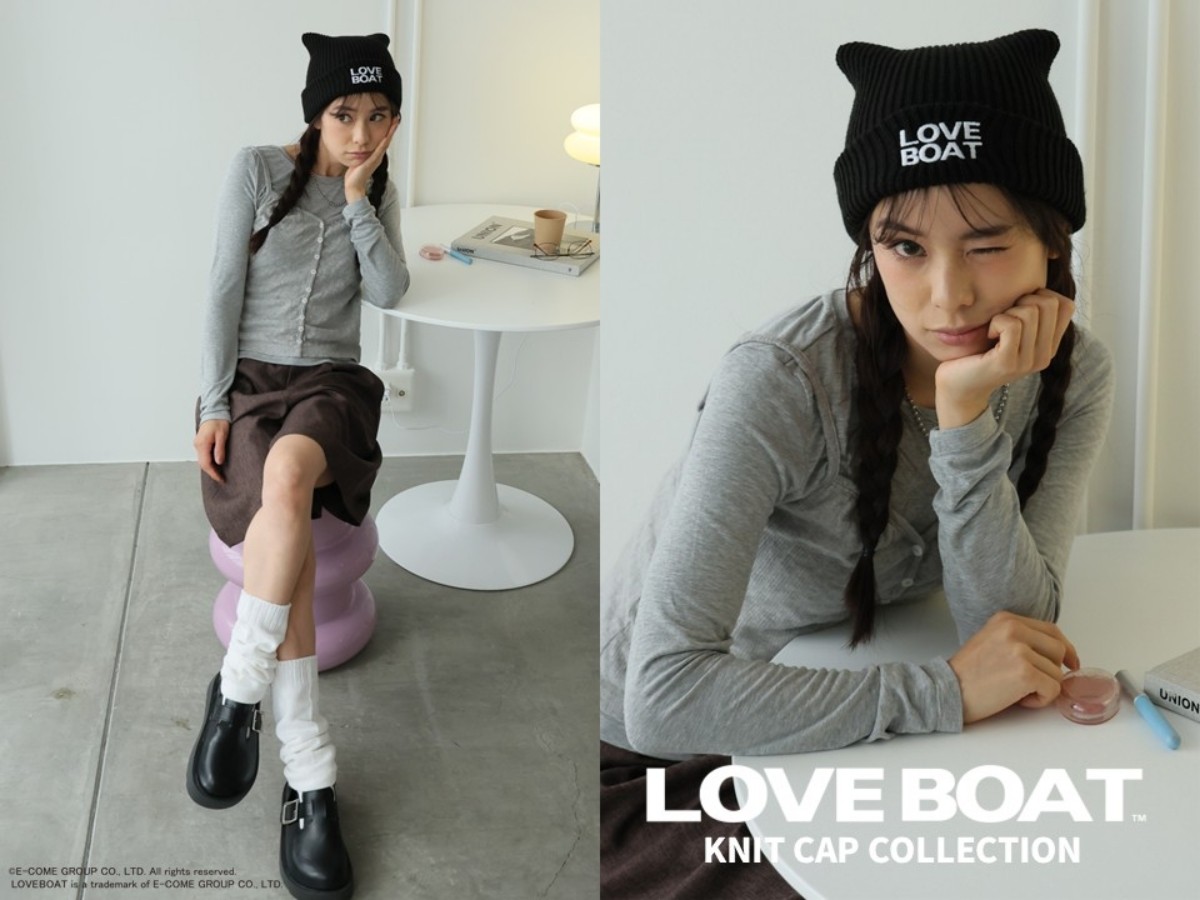
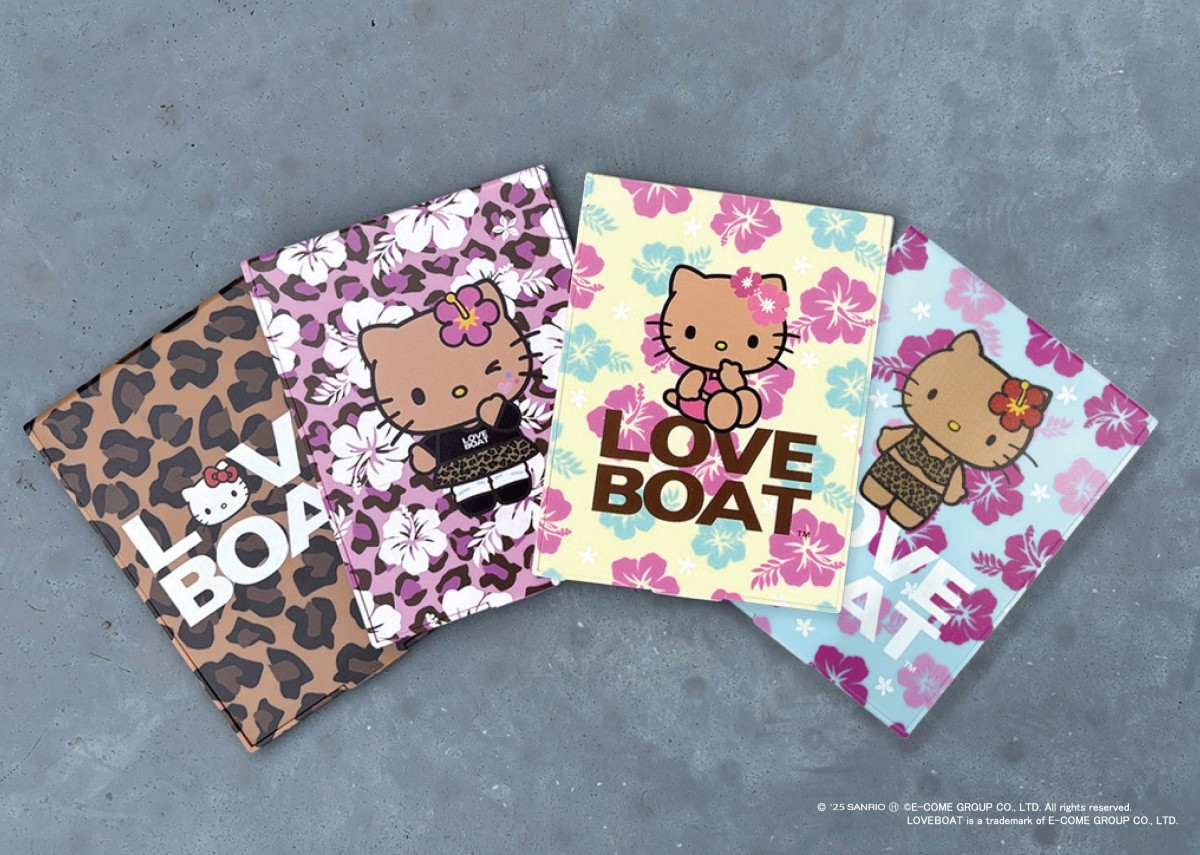
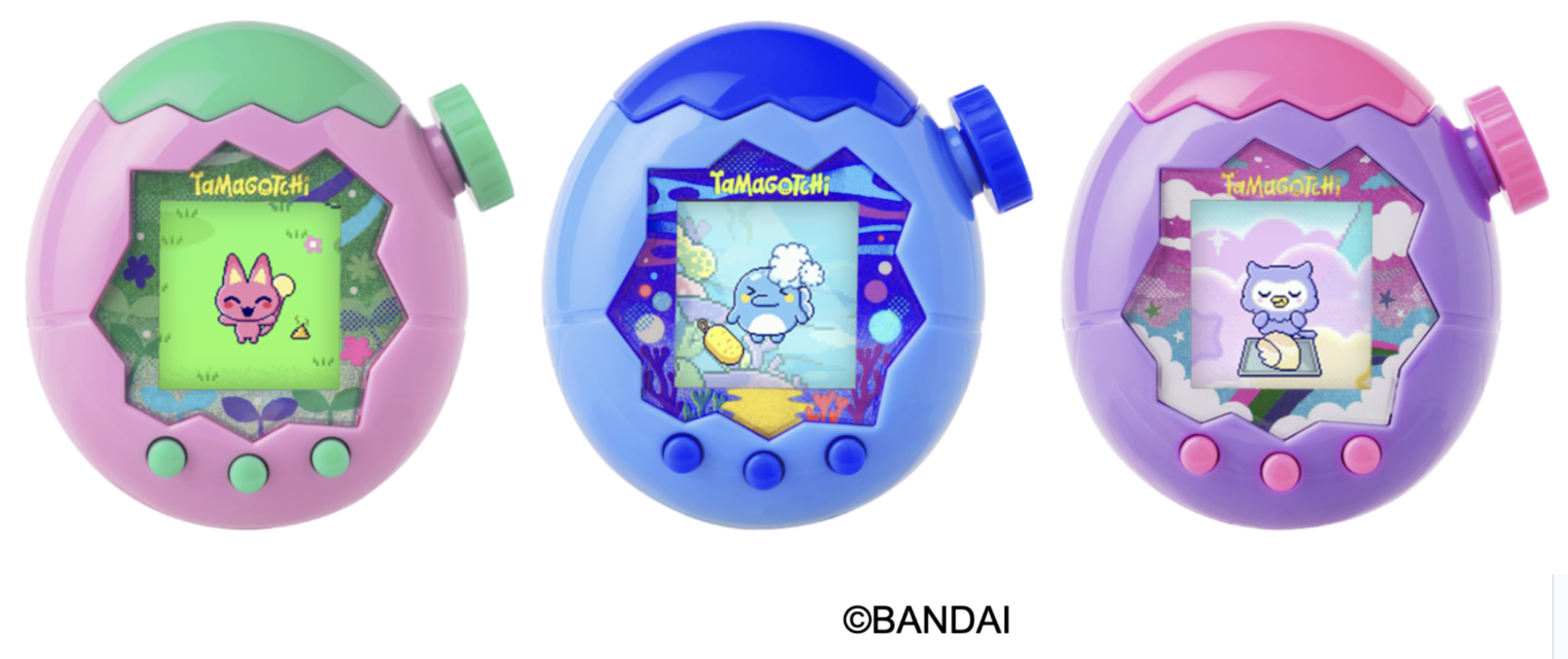
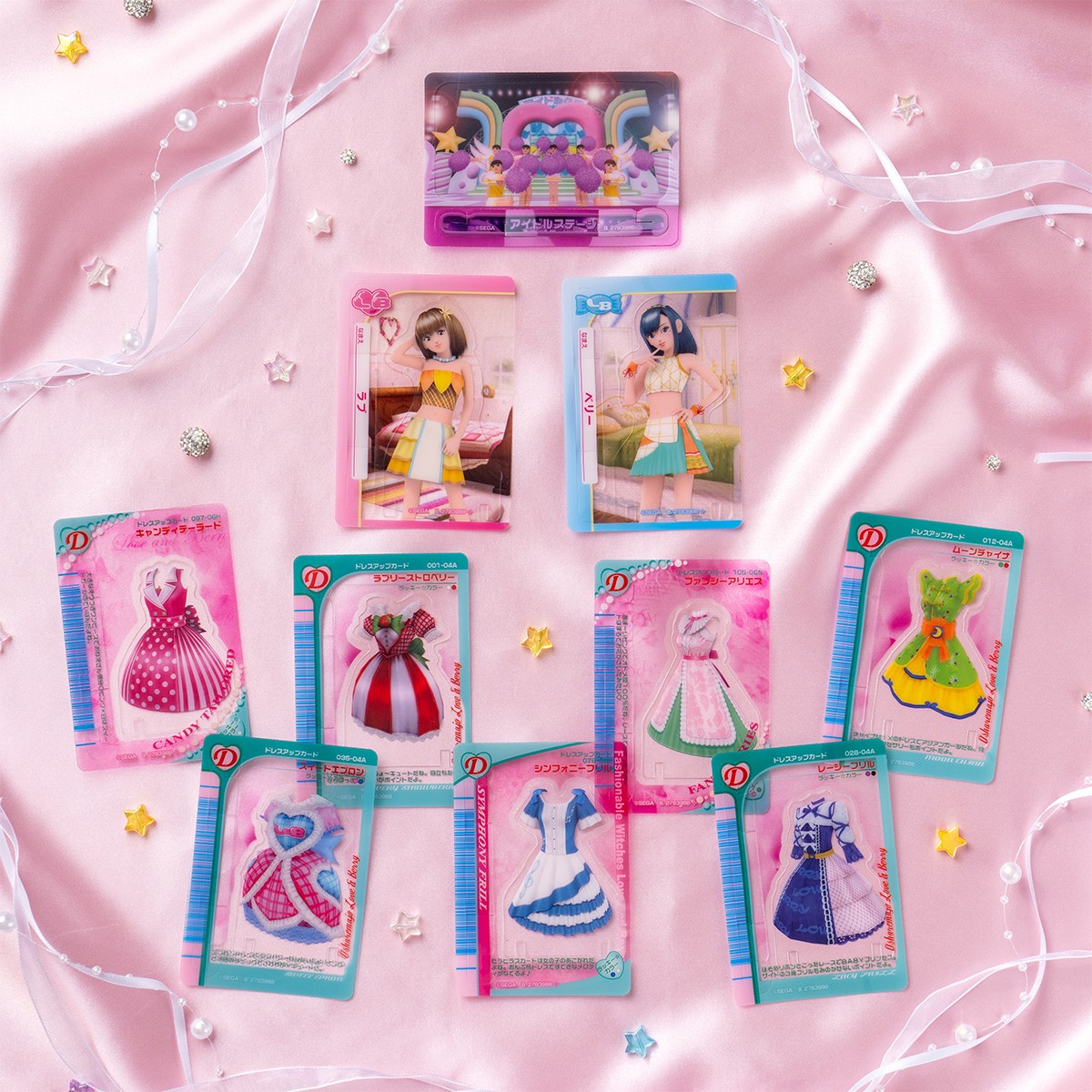
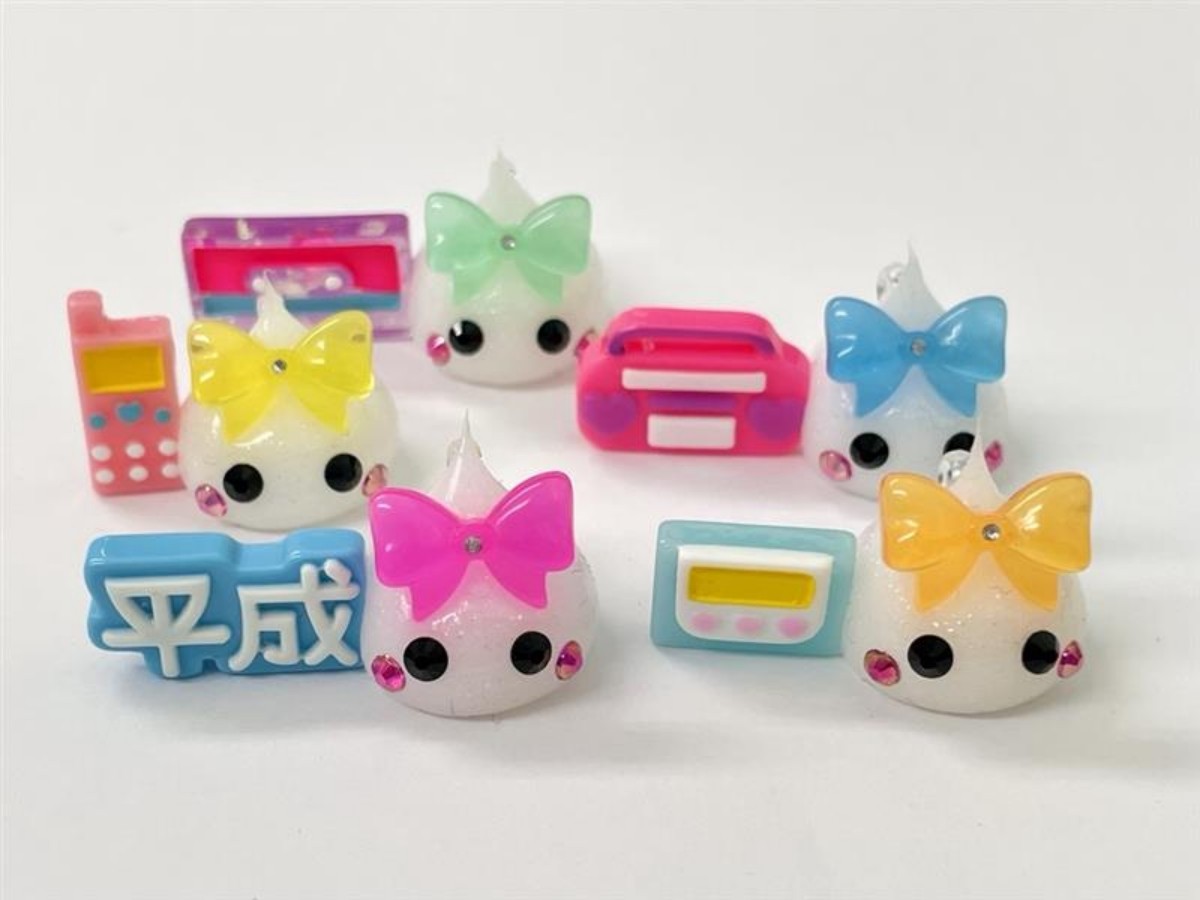
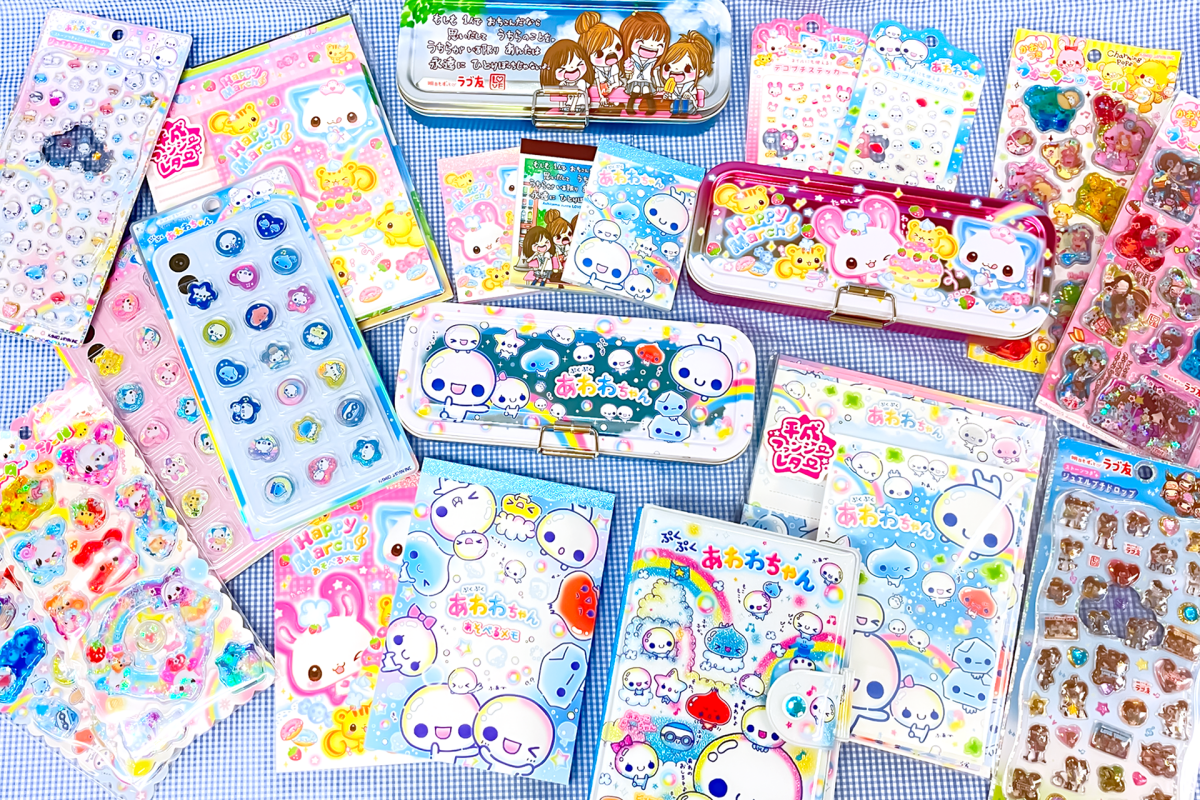
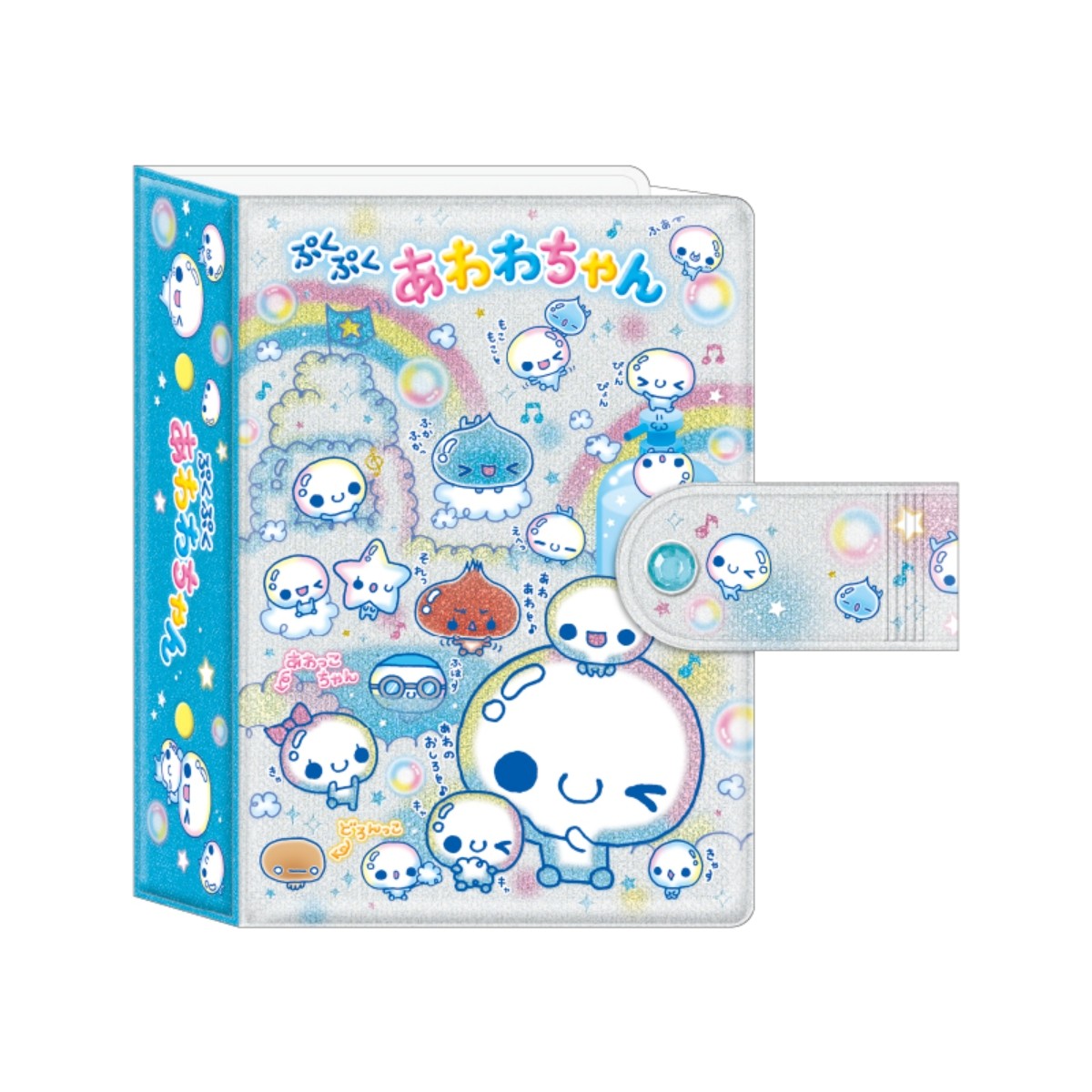
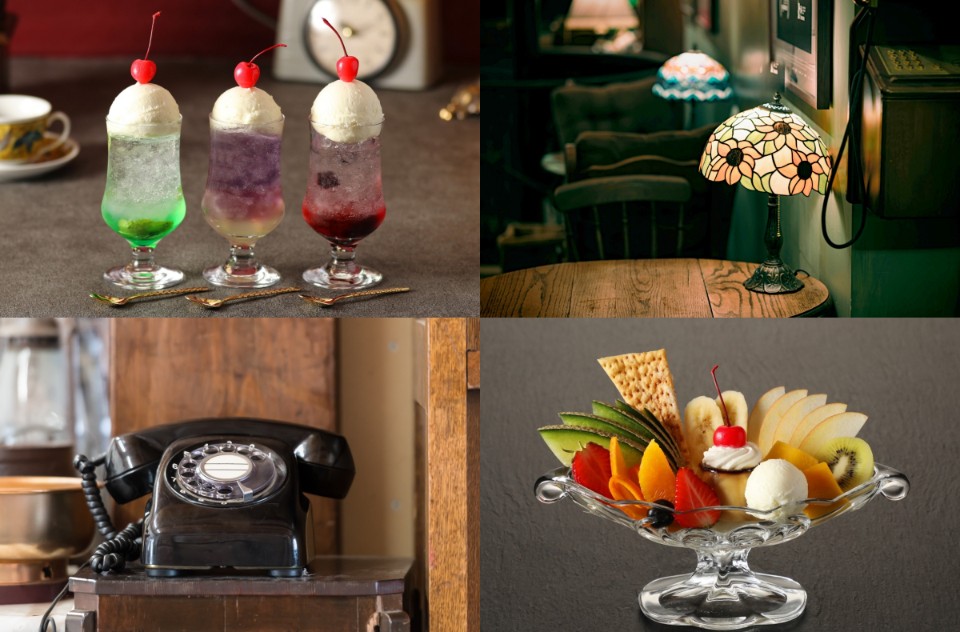
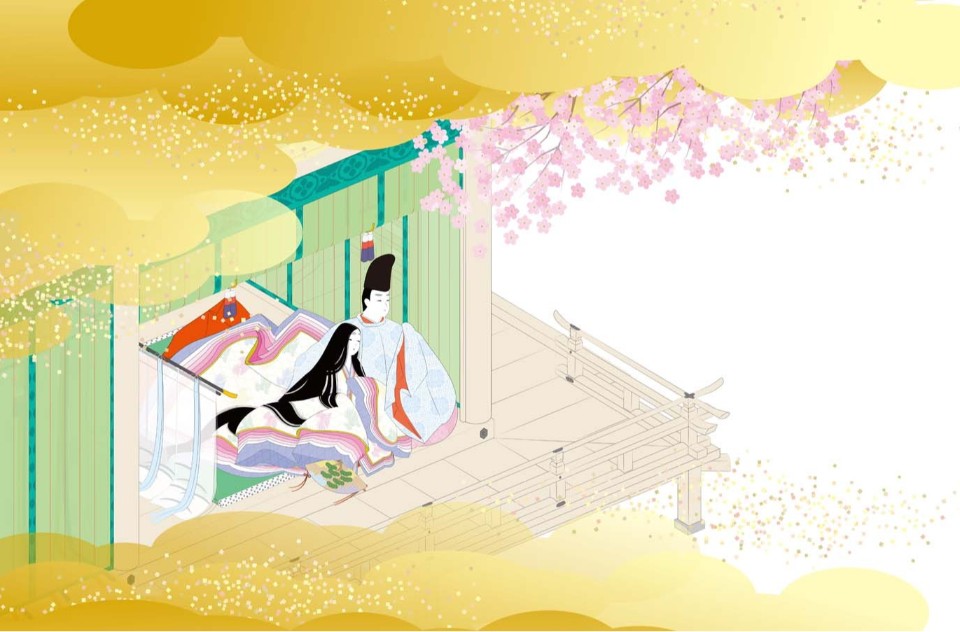
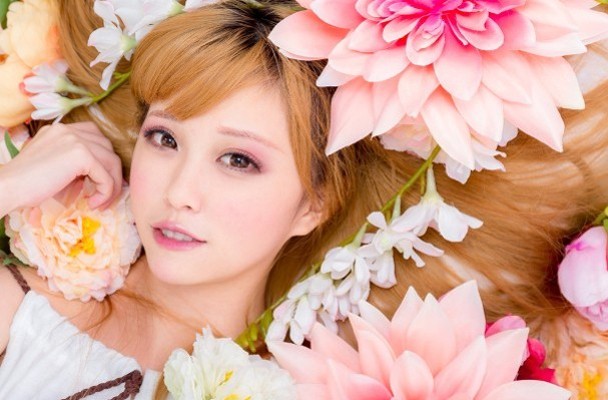
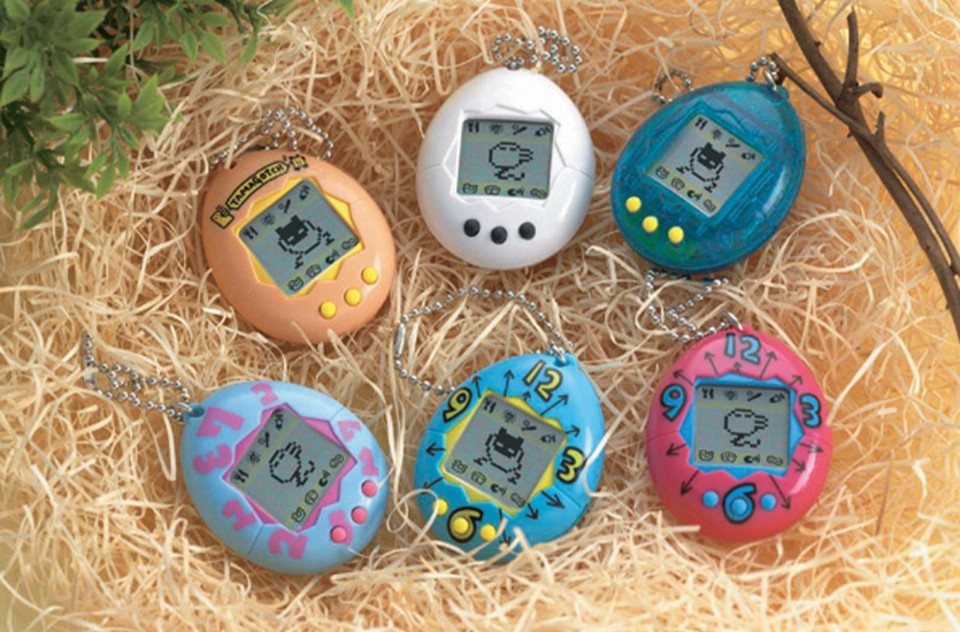
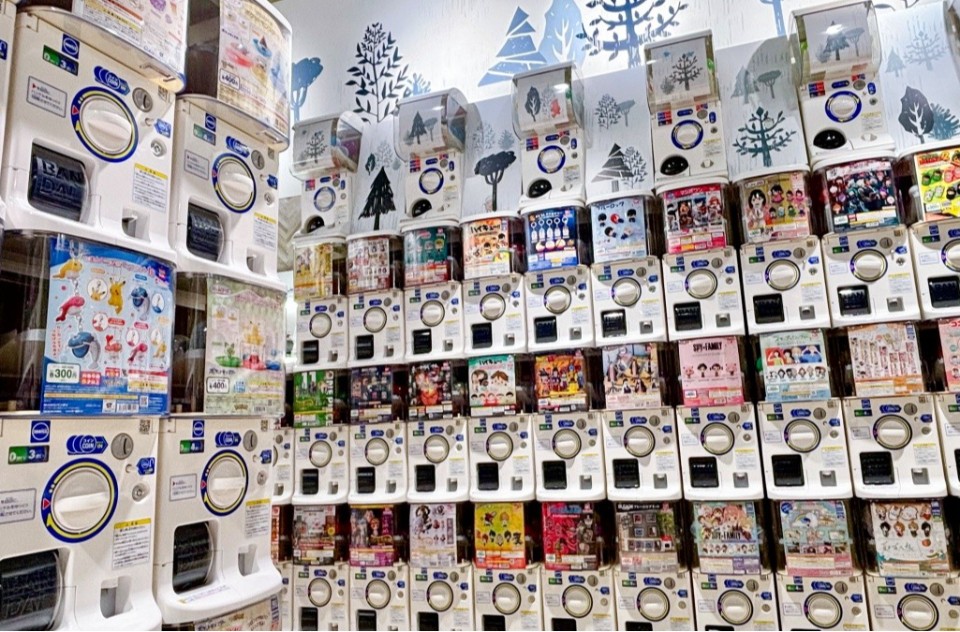
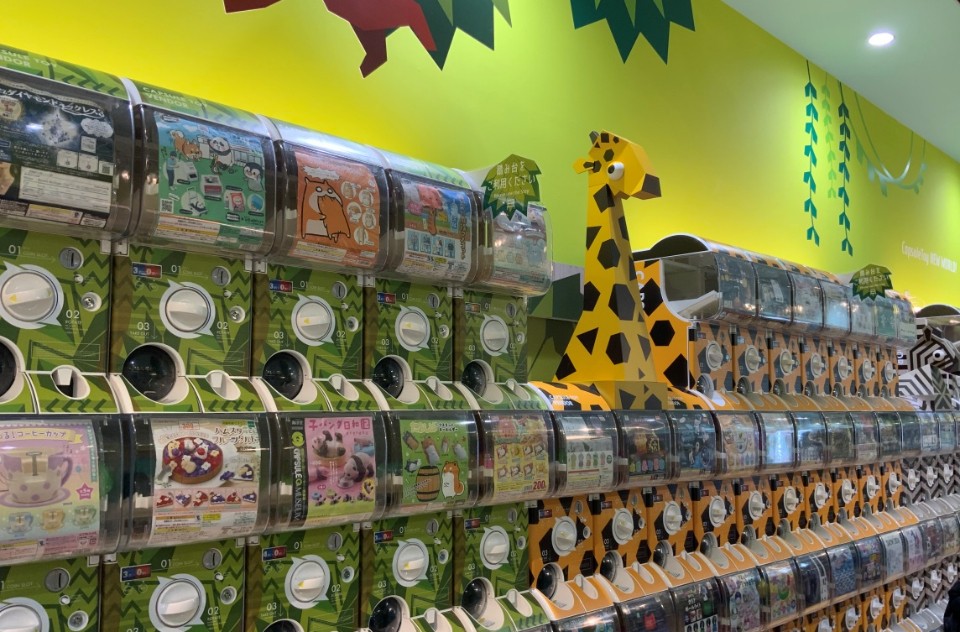
Comments